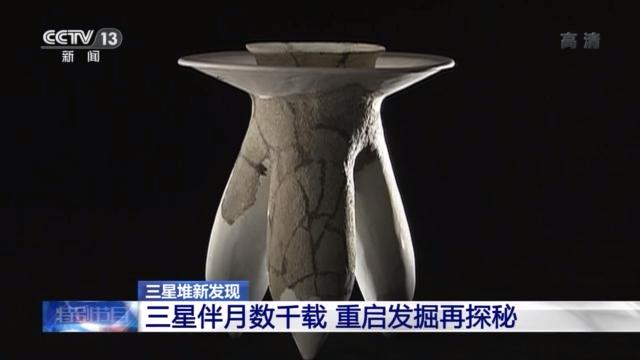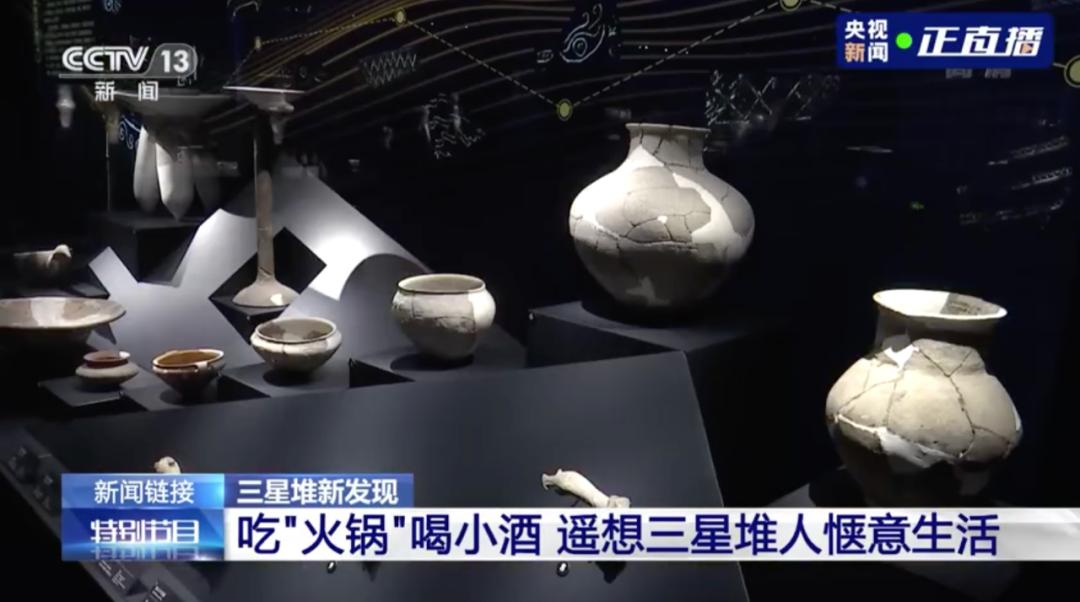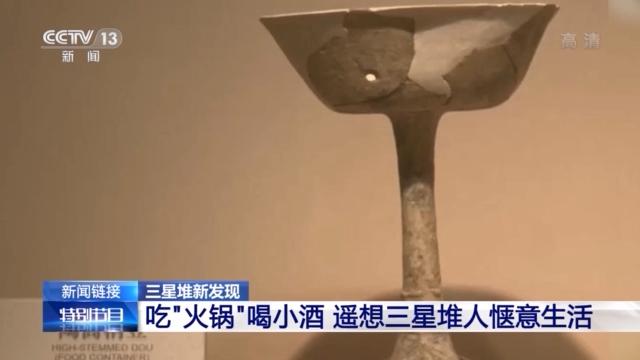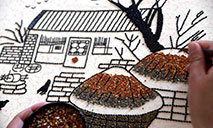"Hot pot" artifact unearthed in Sanxingdui gives a picture of the eating habits of people from ancient times
Due to its incredible similarity with modern-day hot pot, a pottery tripod cooking vessel recently unearthed from a sacrificial pit of the Sanxingdui Ruins site in southwest China's Sichuan province has caught netizens' attention.

Photo shows the newly-unearthed pottery tripod cooking vessel from a sacrificial pit of the Sanxingdui Ruins site in southwest China's Sichuan province. (Photo/cctv.com)
Designed with a double-layer structure, the vessel might have been used centuries ago to ignite a fire beneath its innermost layer while holding water or boiled food within the outermost layer, just like its counterpart at present— namely, what is now termed today as "hot pot".
"In this way, the habit of eating hot pot in Sichuan may date back some 3,000 years ago," said a net user, amazed by the long history of Sichuan hot pot.

Photo shows the pottery artifacts excavated from the Sanxingdui Ruins site in southwest China's Sichuan province. (Photo/cctv.com)
Apart from the tripod cooking vessel itself, other pottery artifacts were also discovered at the Sanxingdui Ruins site, including a tall and slender pottery vessel featuring a shallow plate on the top that experts believe was used as a food container.
Experts explained that the food container may serve as an indication that 3,000 years ago, when dining tables hadn't yet been created in China, people would often sit on the ground while eating, as the vessel's height was perfect for seated diners when sitting at ground level.

Photo shows a pottery vessel newly unearthed artifact, which was discovered at the Sanxingdui Ruins site in southwest China's Sichuan province. (Photo/cctv.com)
Photos
Related Stories
Copyright © 2021 People's Daily Online. All Rights Reserved.










